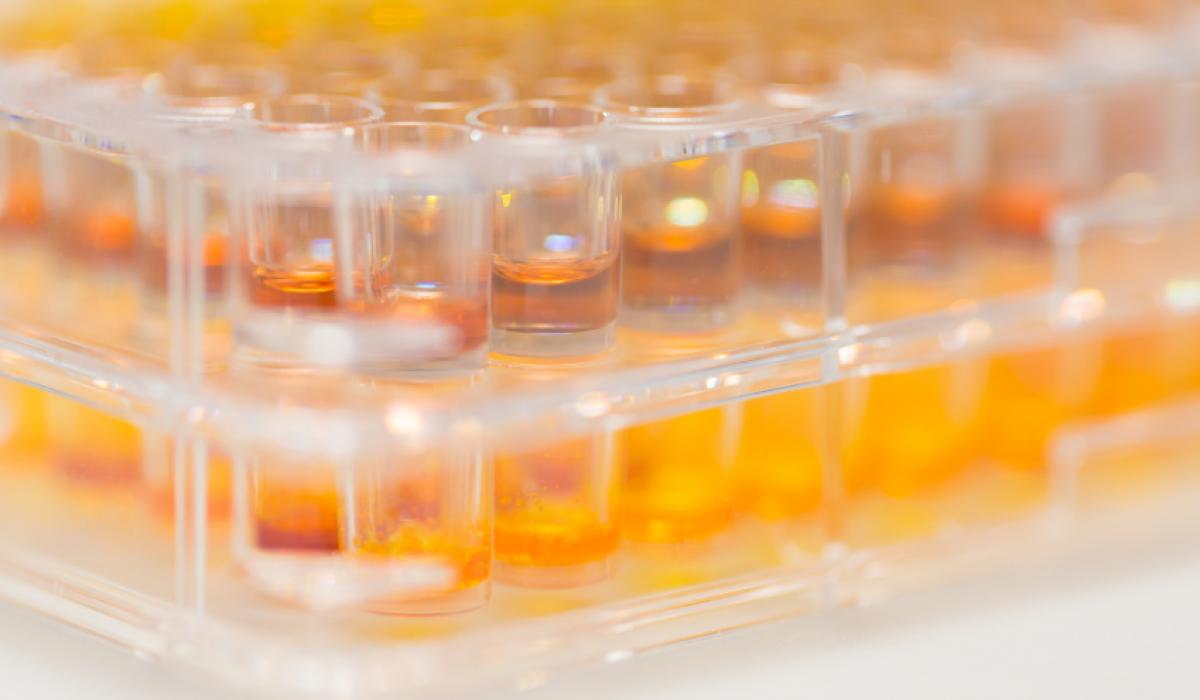
Monash University (MU) expressed PfMAP2 in several batches and sent the protein to UC DDC for assay development. It turned out that PfMAP2 was not very active against the substrate that was usually used in kinase assay kits and, to obtain activities sufficiently high for automated high-throughput assays, very high concentrations of protein and substrate were needed. These conditions often cause solubility problems and unreliable assay results. For that reason, we used much more protein than anticipated just to establish the assay conditions. Therefore, several additional protein batches were produced so that there was sufficient protein to assay the planned 1619 compounds predicted by the design calculations.
To reduce the depletion of available protein it was decided to take a two-tiered approach. In the first tier all compounds were screened at a single concentration. In a second tier a smaller number of compounds (i.e. 33) that were observed to inhibit the protein in the first tier were progressed to a dose–response analysis. This enabled a more detailed examination of the inhibition, and a quantitative extraction of an AC50 (i.e. inhibitor concentration at which the protein activity is reduced to 50% compared with the inhibitor-free state). Compounds were considered hits when a dose–response was obtained and that response was accompanied by an AC50 in the micromolar range. When all the assays had been completed the results showed that eight hits had been identified.
